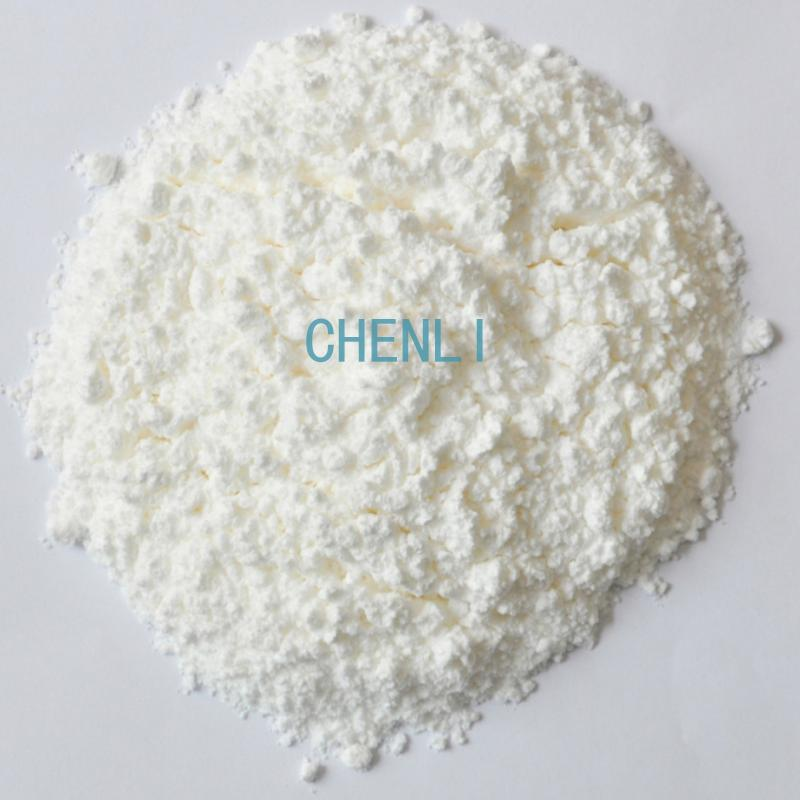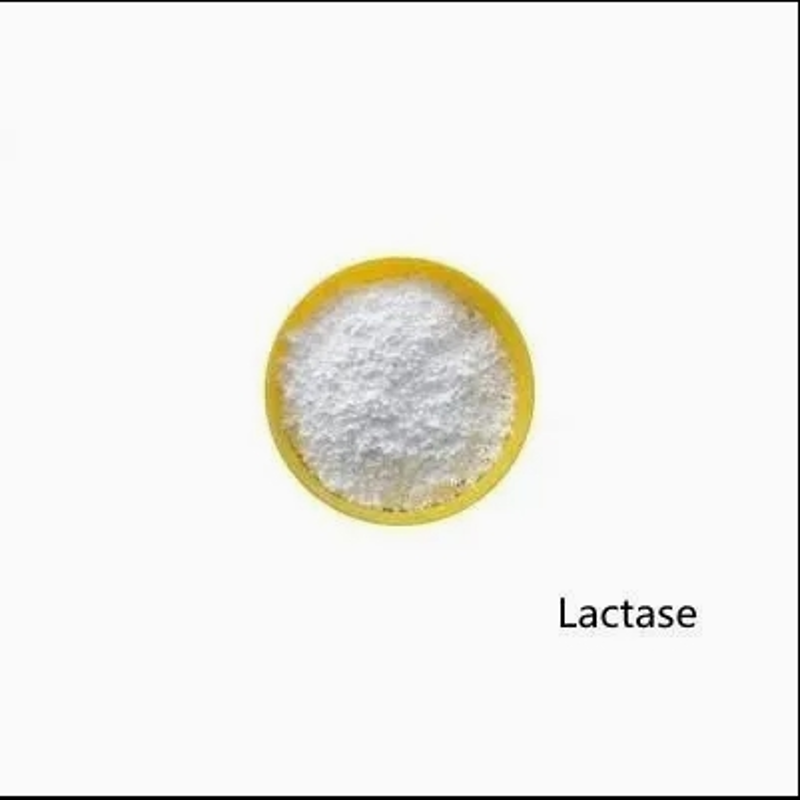-
Categories
-
Pharmaceutical Intermediates
-
Active Pharmaceutical Ingredients
-
Food Additives
- Industrial Coatings
- Agrochemicals
- Dyes and Pigments
- Surfactant
- Flavors and Fragrances
- Chemical Reagents
- Catalyst and Auxiliary
- Natural Products
- Inorganic Chemistry
-
Organic Chemistry
-
Biochemical Engineering
- Analytical Chemistry
-
Cosmetic Ingredient
- Water Treatment Chemical
-
Pharmaceutical Intermediates
Promotion
ECHEMI Mall
Wholesale
Weekly Price
Exhibition
News
-
Trade Service
Recently, the team of Professor Zheng Jiarong from the Institute for Advanced Study of Shenzhen University published a titled "Development and evaluation of a novel nanofibersolosome for enhancing the stability, in vitro bioaccessibility, and colonic delivery of cyanidin-3-O-glucoside" research article.
MOHAMMAD REZAUL ISLAM SHISHIR is the first author of the paper, Professor Zheng Jiarong is the corresponding author, and Shenzhen University is the first correspondent unit
.
MOHAMMAD REZAUL ISLAM SHISHIR is the first author of the paper, Professor Zheng Jiarong is the corresponding author, and Shenzhen University is the first correspondent unit
.
A large number of studies have shown that the development of polysaccharide compounds targeting the colonic transport carrier system for oral administration is of great significance for the treatment and prevention of inflammatory bowel disease
.
Herein, researchers can design a targeted colonic delivery cyanidin -3-O- glucose glycosides (of C3G) liposomes novel nanofibers transport carrier, which carrier consists of a resistant starch Fibersol? -2 and Phospholipid S75 is self-assembled
.
The transportation carrier has a nanometer size, a spherical shape, and a uniform size distribution, and the encapsulation rate of C3G is> 90%
.
In the simulated in vitro digestion process, the carrier has good physical stability.
Under different heat treatment conditions, the retention efficiency of C3G is significantly improved, and its stability is significantly better than that of the control liposome carrier without Fibersol?-2.
This allows it to release a higher concentration of C3G at the target site in the colon.
Because the nanofiber lipid carrier has a higher resistance to gastrointestinal digestion, it shows a higher ability to scavenge free radicals
.
In addition, the nanofiber lipid carrier can also increase the production of short-chain fatty acids during colonic fermentation
.
The above results indicate that the nanofiber lipid carrier has good application prospects.
It is not only conducive to the colon-targeted delivery of some hydrophilic and unstable chemical substances in natural products, but also has potential prebiotics for regulating intestinal health.
Potential
.
.
Herein, researchers can design a targeted colonic delivery cyanidin -3-O- glucose glycosides (of C3G) liposomes novel nanofibers transport carrier, which carrier consists of a resistant starch Fibersol? -2 and Phospholipid S75 is self-assembled
.
The transportation carrier has a nanometer size, a spherical shape, and a uniform size distribution, and the encapsulation rate of C3G is> 90%
.
In the simulated in vitro digestion process, the carrier has good physical stability.
Under different heat treatment conditions, the retention efficiency of C3G is significantly improved, and its stability is significantly better than that of the control liposome carrier without Fibersol?-2.
This allows it to release a higher concentration of C3G at the target site in the colon.
Because the nanofiber lipid carrier has a higher resistance to gastrointestinal digestion, it shows a higher ability to scavenge free radicals
.
In addition, the nanofiber lipid carrier can also increase the production of short-chain fatty acids during colonic fermentation
.
The above results indicate that the nanofiber lipid carrier has good application prospects.
It is not only conducive to the colon-targeted delivery of some hydrophilic and unstable chemical substances in natural products, but also has potential prebiotics for regulating intestinal health.
Potential
.
Project support: Guangdong Province Key Field R&D Program (2019B020212001), National Key R&D Program (2016YFD0400204), Guangdong Provincial Ordinary University Innovation Team (2020KCXTD023), Guangdong Province "Pearl River Talent Program" (2019ZT08H476) and Peacock Team (KQTD20180412181334790) projects
.
.







